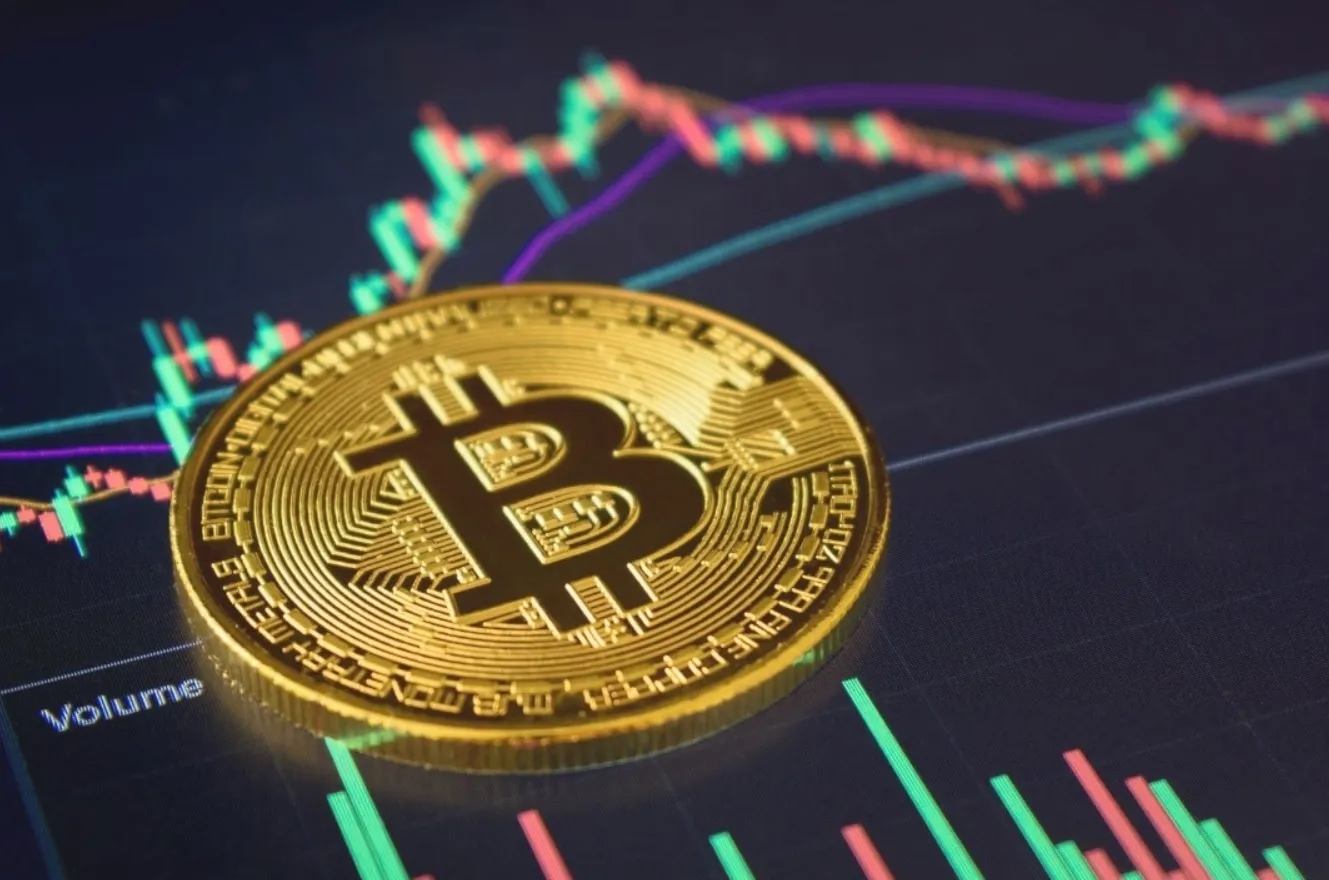- Anticipation of US Consumer Price Index (CPI) data causes a downward correction in Bitcoin.
- The Federal Reserve considers adjusting interest rates.
- Although inflation could hit in the short term, Bitcoin’s long-term prospects depend on other factors, such as the approval of a BTC ETF.
Bitcoin has had moments of caution recently, starting with the price gap reaching $37 900 last Thursday, only to retreat to $36 800 at the start of this week. This decline coincided with operators’ anticipation of the US Consumer Price Index (CPI) data.
Although Bitcoin was seen approaching $38 000 last week, which had not happened since May 2022, the anticipation of the CPI report resulted in a downward correction, erasing the gains accumulated over the weekend.
Now, the focus is on the CPI, the measure of inflation closely tied to changes in the cost of living. This index is forecast to grow a modest 0.1% in October, representing a change from the 0.4% increase seen in September.
Federal Reserve Chairman Jerome Powell warned last week that the central bank will not hesitate to adjust interest rates to maintain price stability. Although there are those who believe that the Federal Reserve could have temporarily ended rate hikes.
Caution among Bitcoin traders is heightened by projections for the CPI core inflation rate, which excludes volatile items such as food and energy. This rate is expected to remain at 4.1% year-on-year and 0.3% month-on-month. Higher inflation has historically put selling pressure on risk assets like Bitcoin, suggesting that BTC’s price trend could be influenced by the October CPI report.
Despite the short-term uncertainty, the long-term outlook still depends on other factors, such as the possible approval of a Bitcoin spot ETF.

At the time of writing, the price of Bitcoin stands at $36 863, 0.49% lower than the last 24 hours.

